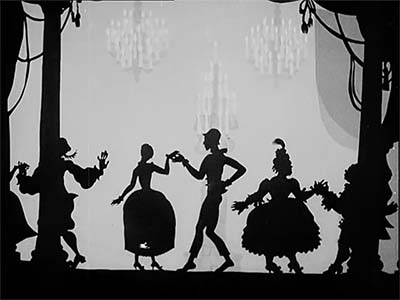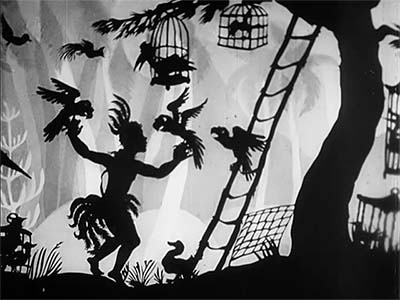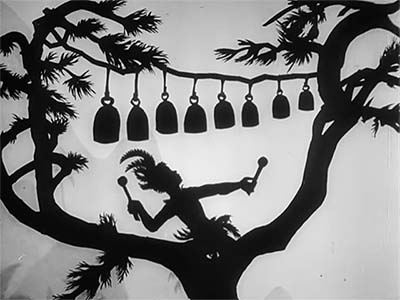
Every other month, members of Animation Resources are given access to an exclusive Members Only Reference Pack. These downloadable files are high resolution e-books on a variety of educational subjects and rare cartoons from the collection of Animation Resources in DVD quality. Our current Reference Pack has just been released. If you are a member, click through the link to access the MEMBERS ONLY DOWNLOAD PAGE. If you aren’t a member yet, please JOIN ANIMATION RESOURCES. It’s well worth it.
JOIN TODAY To Access Members Only Content
DVD QUALITY VIDEOS:![]()

Two Films By Lotte Reiniger![]()
"Papageno" (1935) / "10 Minutes of Mozart" (1930)
Lotte Reiniger is one of the most important figures in the history of animation. She made the oldest surviving animated feature film, “The Adventures of Prince Achmed”, she pioneered the merging of animation and music, and developed a multi-plane camera stand over a decade before anyone in Hollywood built one. If you don’t know about her, please see her Wikipedia page for an overview.
https://en.wikipedia.org/wiki/Lotte_Reiniger
At Animation Resources we often get asked what relevance old animation has to modern animation. How does a film made with paper cutouts relate to animation made on a computer? Well look at Reiniger’s films for a clue…
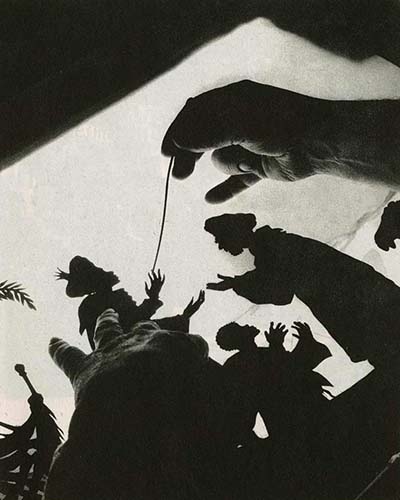
The technique utilized flat paper puppets that were jointed. The posing and movement were dependent on the design of the puppet. Replacement of heads and legs and arms were used to achieve different poses. That isn’t terribly different than the assets used in a Flash cartoon. Her camera stand and puppets weren’t capable of moving into a scene in perspective, so she had to stage her scenes flat with characters moving through the scenes from left to right. That is exactly how many modern limited animation TV shows are laid out.
Reiniger’s puppets never feel flat or stiff, and their movements never feel limited. In fact, the characters are able to dance, run, jump and act as well as any animated character in any kind of animated film. The staging is flat, yet she employs camera moves alternating left and right to create a visual rhythm to match the music. Even if the characters can’t move deeper into the stage in perspective, Reiniger pushes background elements into the distance below her camera platen to give a feeling of depth. Look at how the timing is so natural and specific to the character. She is expressing personality with the way the character moves. The scenery and costumes are beautifully designed. There is a very good reason for this… if you are going to be showing the audience one puppet or a single background over and over from frame to frame and shot to shot, it should at least be as beautiful as you can possibly make it to maintain visual interest. We haven’t included subtitles for the sung dialogue because it isn’t necessary. The clear silhouettes and expressive posing tells the story better than words ever could.
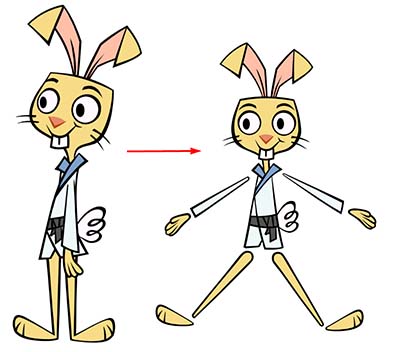
An animator working in the field of limited animation would do well to study and break down how Reiniger achieves her effects. These two films are packed with ideas for how to get the most out of asset based animation. Stop motion and CGI animators can learn a thing or two here as well. Analyze the technique like an animator, don’t look at the films Animation Resources shares with you as an audience does. The purpose here is to inform, not to entertain. Just because a film was made 80 years ago using a technique that is rarely seen today, it doesn’t mean that there’s nothing to be learned from it.
MP4 Video File / 20:55 / 372 MB Download
JOIN TODAY To Access Members Only Content
JOIN TODAY To Access Members Only Content
Not A Member Yet? Want A Free Sample?
Check out this SAMPLE REFERENCE PACK! It will give you a taste of what Animation Resources members get to download every other month!
















